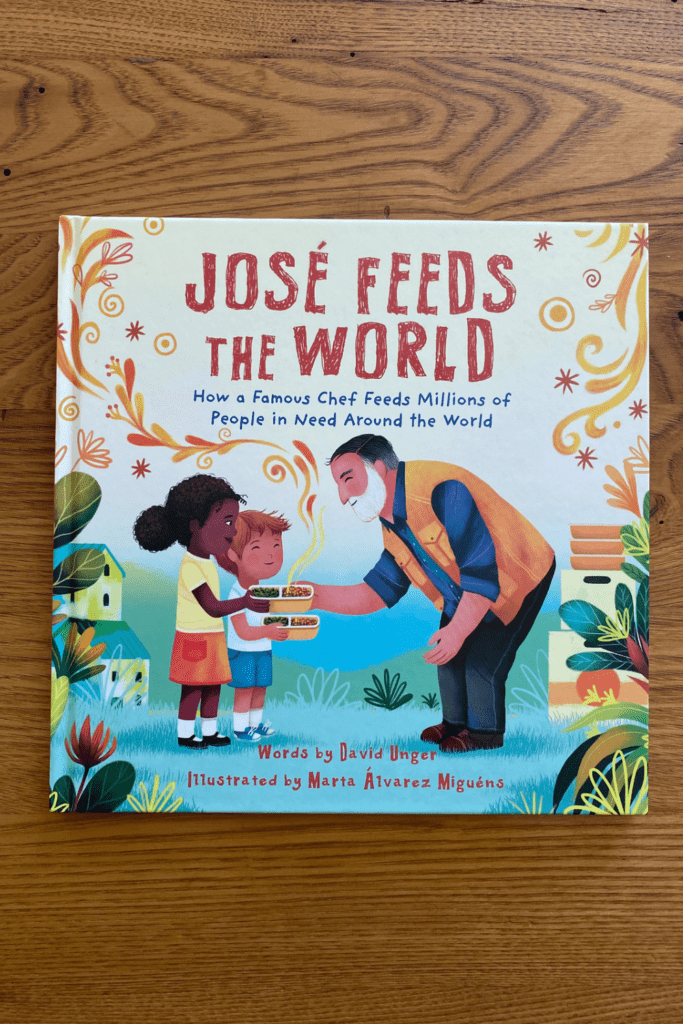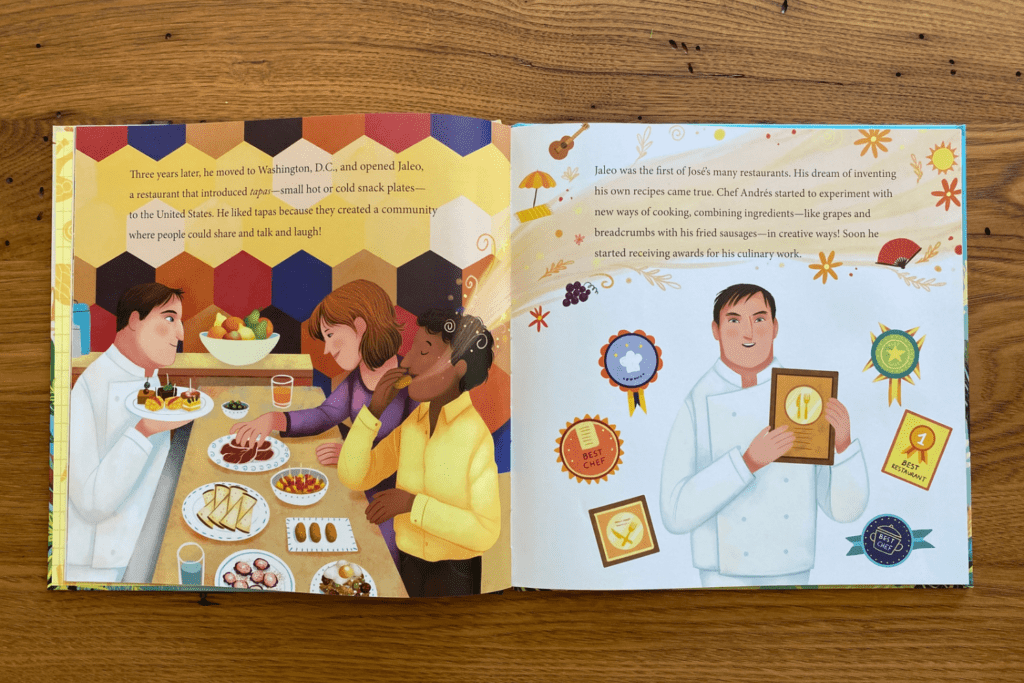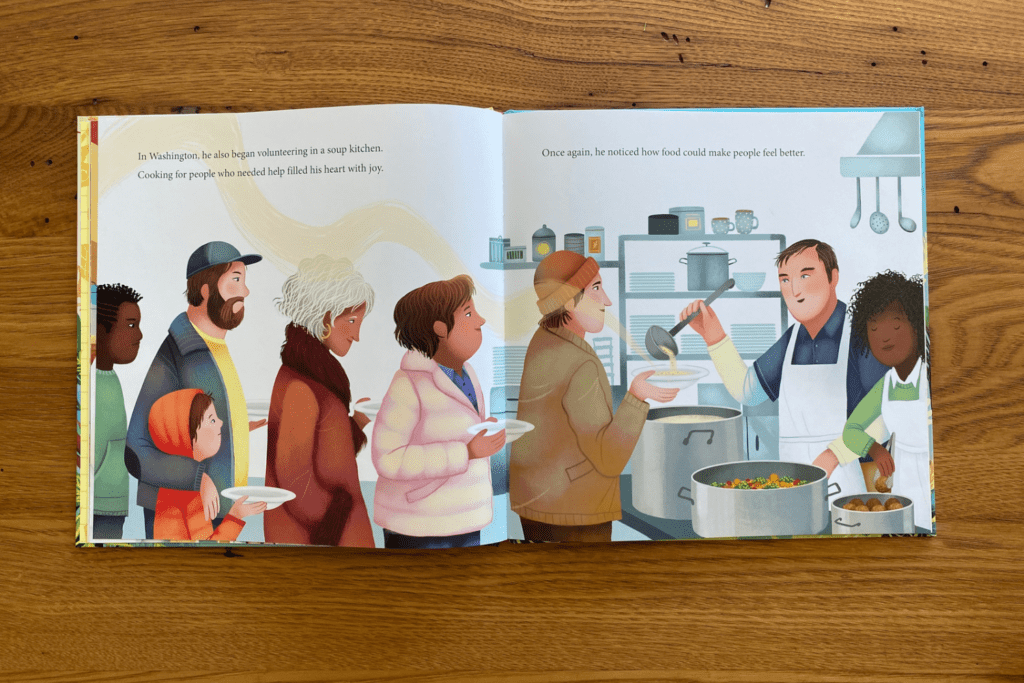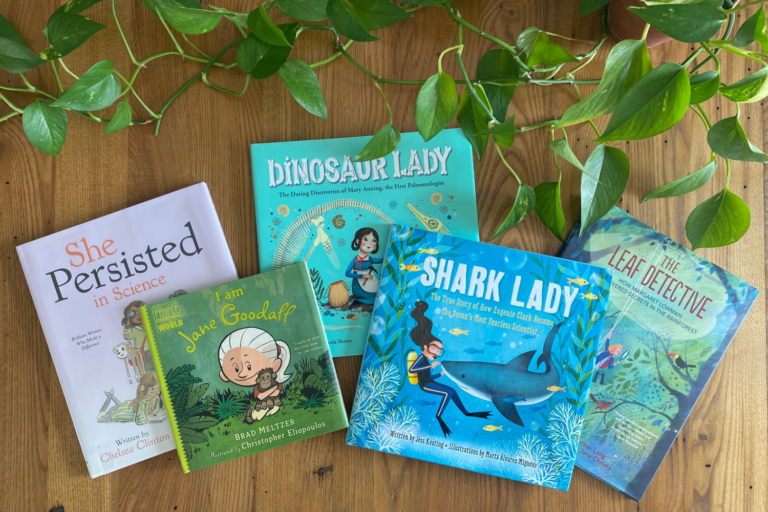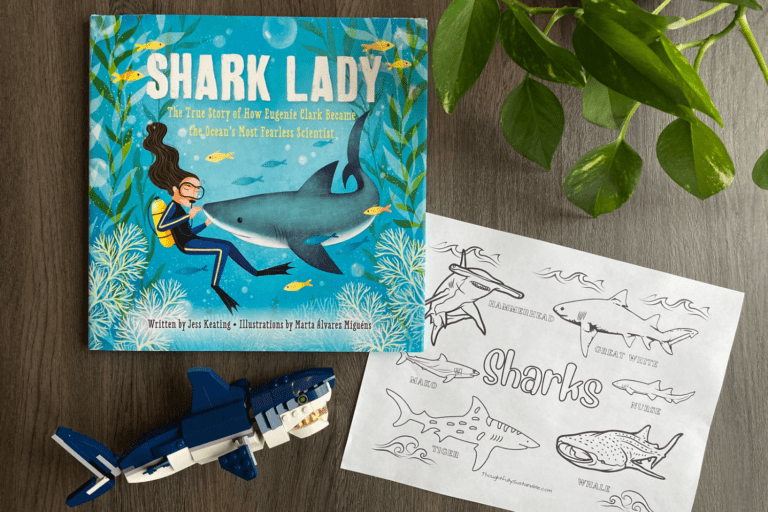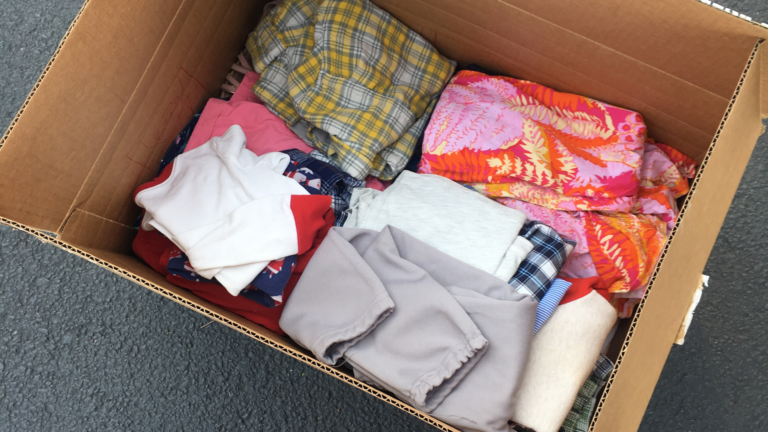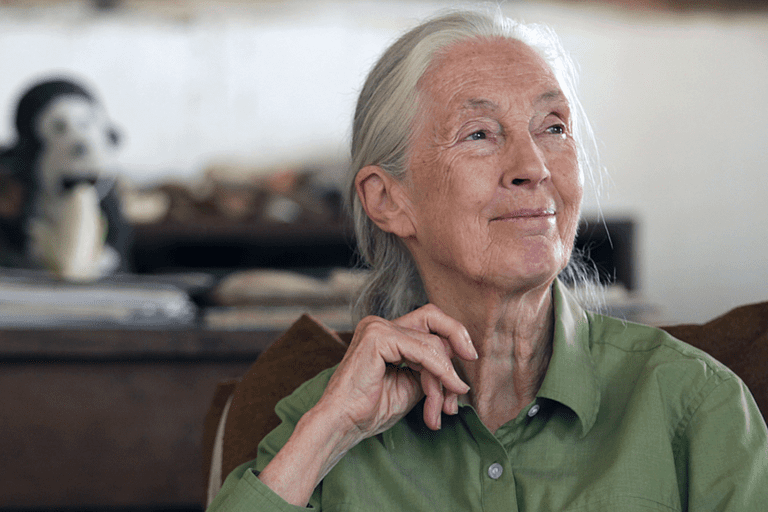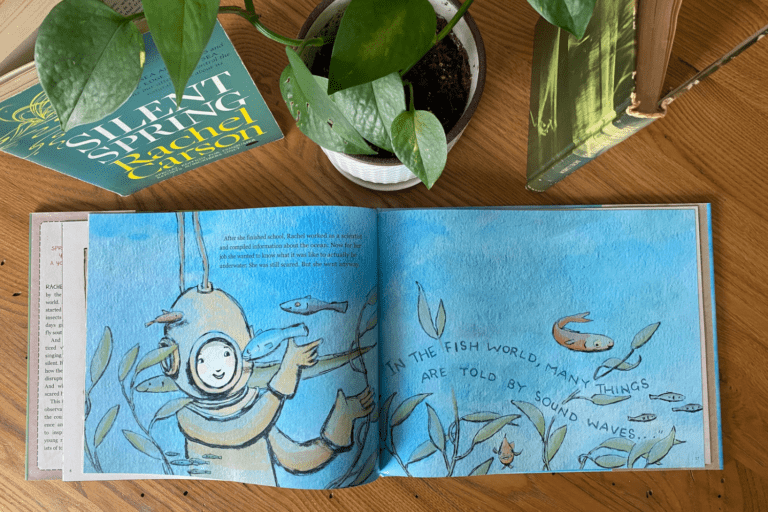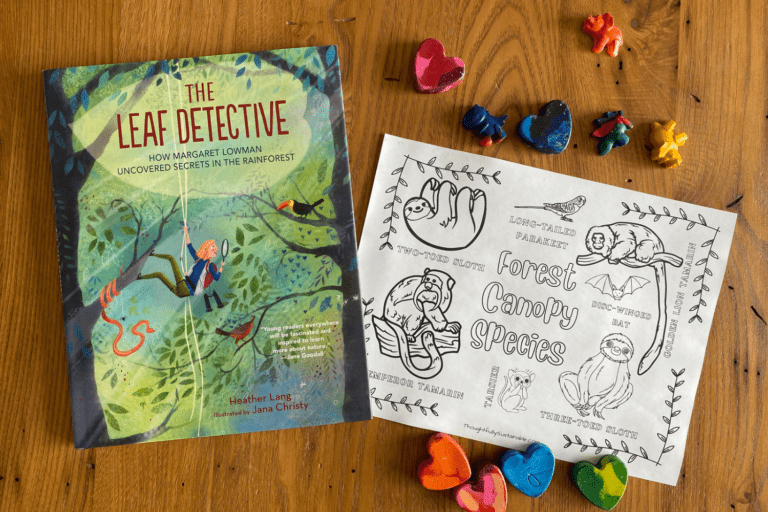How to Empower Kids to Take Action Against Hunger: The Story of José Andrés
Are you looking for a way to empower kids to care about their communities? Introduce your learners to Michelin-starred chef José Andrés and his work to address hunger across the globe.
This post contains affiliate links. If you choose to make a purchase, I thank you in advance for supporting my work to create free, sustainability and science educational resources.
My daughter and son started volunteering with me at our local children’s food pantry a few years ago. Prior to their volunteer work, they had little knowledge of what true hunger was or were aware that kids in their school experienced hunger on a daily basis. I started looking for resources to help them understand the power they had to address hunger in our community and was introduced to the story of José Andrés.
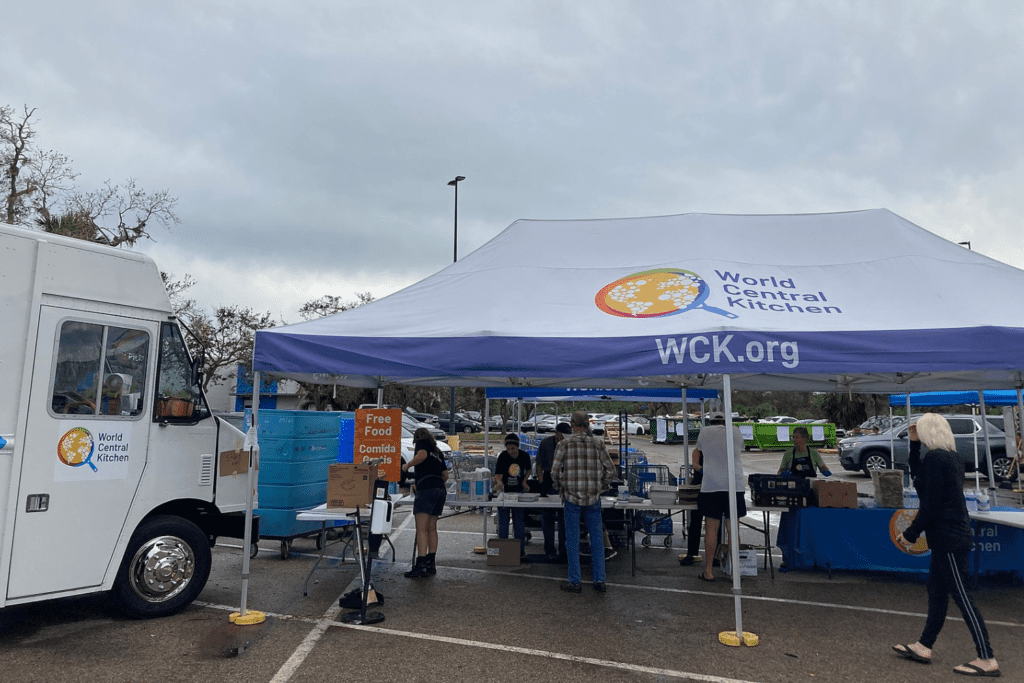
Introduce José Andrés
José Andrés, a renowned Michelin-starred chef, is not only known for his culinary expertise but also for his humanitarian efforts to end hunger across the world. Born in Spain, José began his culinary career at a young age and quickly rose to prominence with his innovative approach to cooking and his passion for using food as a means to bring people together.
In 2010, José founded World Central Kitchen (WCK), a non-profit organization that provides meals to those affected by natural disasters and other crises. Through WCK, José and his team have responded to numerous disasters, including hurricanes, earthquakes, and the COVID-19 pandemic, serving millions of meals to those in need.
José’s work with WCK has earned him widespread acclaim and recognition, including being named one of Time magazine’s “100 Most Influential People” and receiving the James Beard Foundation’s Humanitarian of the Year Award. His dedication to ending hunger and his innovative approach to humanitarian aid have inspired countless others to join him in his mission to create a world where no one goes hungry.
Read the Book, “José Feeds the World”
José Feeds the World is a biographical children’s picture book written by David Unger that introduces the reader to José Andrés and his global work to fight hunger. At the start of the book, you meet José as a young boy scrubbing carrots in his parents’ kitchen in Spain. At a very young age, José witnesses how food can bring people together and make them feel better. The story follows his growing culinary career to America, where he opens many restaurants and becomes highly regarded in the culinary world for his unique pairings of flavors. The lesson he learned as a young boy about the positive power of food is never lost, and he works to found the World Central Kitchen, a global organization that provides free meals to people living in places affected by natural disasters, disease, and war.
This book emphasizes food and its importance in different cultures, and illustrates how food is a universal sign of love that unites people, no matter where we live or what we eat. The author does a fantastic job of telling José’s story, impressing upon young readers the importance of taking action to help others.
Grab your copy of José Feeds the World below!
Discuss Ways Children Can Take Action Against Hunger
Once you’ve read José Feeds the World to your learners, start a discussion about how they can take action to help address hunger in their community. Remind them that although they may not be living through a natural disaster or a war like the people José helps in the book, hunger is present everywhere. Here are some ideas to begin a conversation about how kids can help address hunger in their community:
- Organize a food drive: Children can organize a food drive at their school, community center, or place of worship to collect non-perishable food items for donation to local food banks or shelters.
- Start a community garden: Children can start a community garden and donate fresh produce to local food banks or shelters.
- Volunteer at a local food bank or soup kitchen: Children can volunteer their time to help pack and distribute food to those in need.
- Raise awareness: Children can raise awareness about hunger in their community by creating posters, giving presentations, or organizing events to educate others about the issue.
- Fundraise: Children can organize a fundraiser, such as a bake sale or car wash, to raise money for organizations that are working to combat hunger.
- Advocate for change: Children can write letters to local leaders or participate in advocacy campaigns to advocate for policies that address the root causes of hunger, such as poverty and food insecurity.
- Educate others: Children can educate their friends, family members, and classmates about the importance of nutrition and healthy eating habits.
Point out the names and locations of local food banks and soup kitchens on a map of your local community to allow students to realize that hunger isn’t something that happens outside of their hometown, it is everywhere.
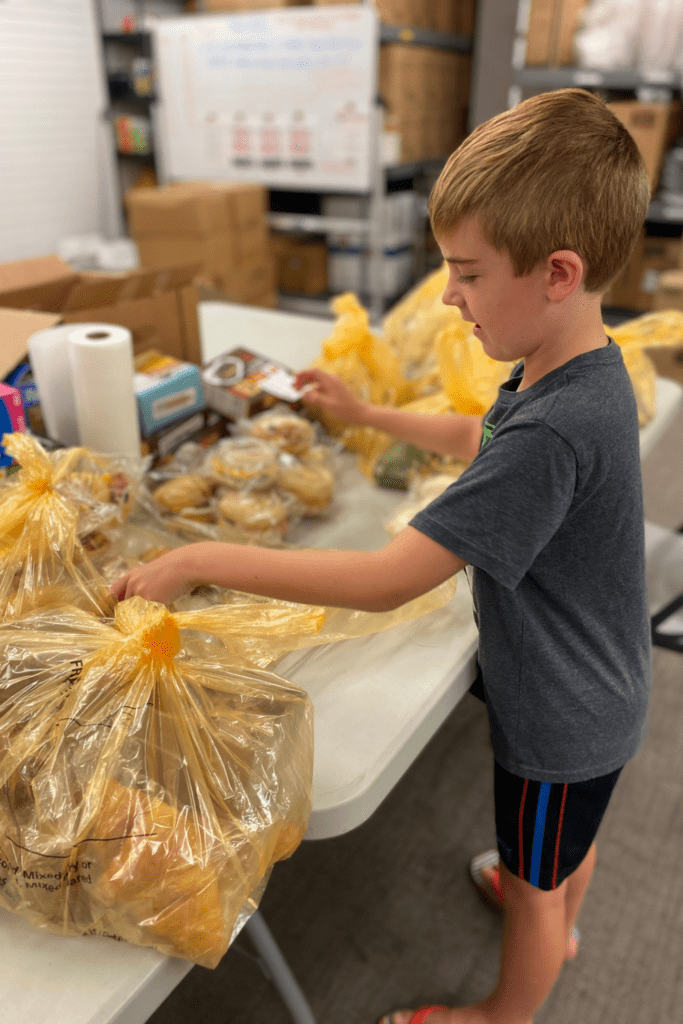
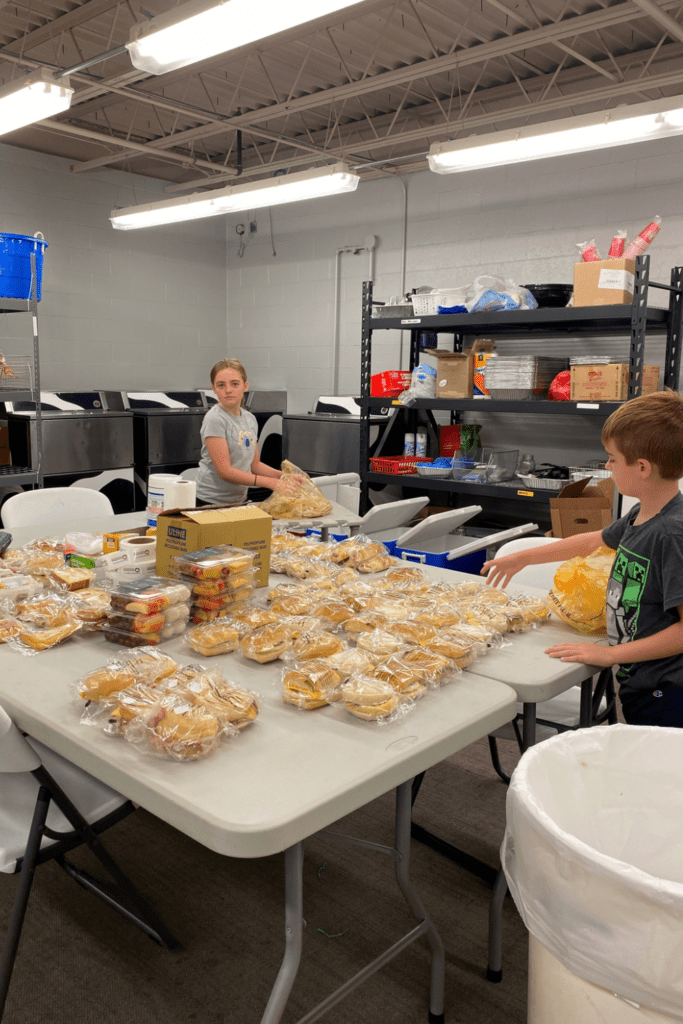
Extend Student Learning and Take Action
Choose one or two of the ideas your students come up with and take action! Whether you collect canned goods at school, make posters to raise awareness about hunger, volunteer at a local soup kitchen, or host a car wash to benefit the food bank in your town, giving kids the opportunity to be a positive source for change in their community is incredibly powerful.
My kids and I have volunteered regularly at our local children’s food bank for the past few years and I can personally attest to the positive effect that volunteering has on young kids.
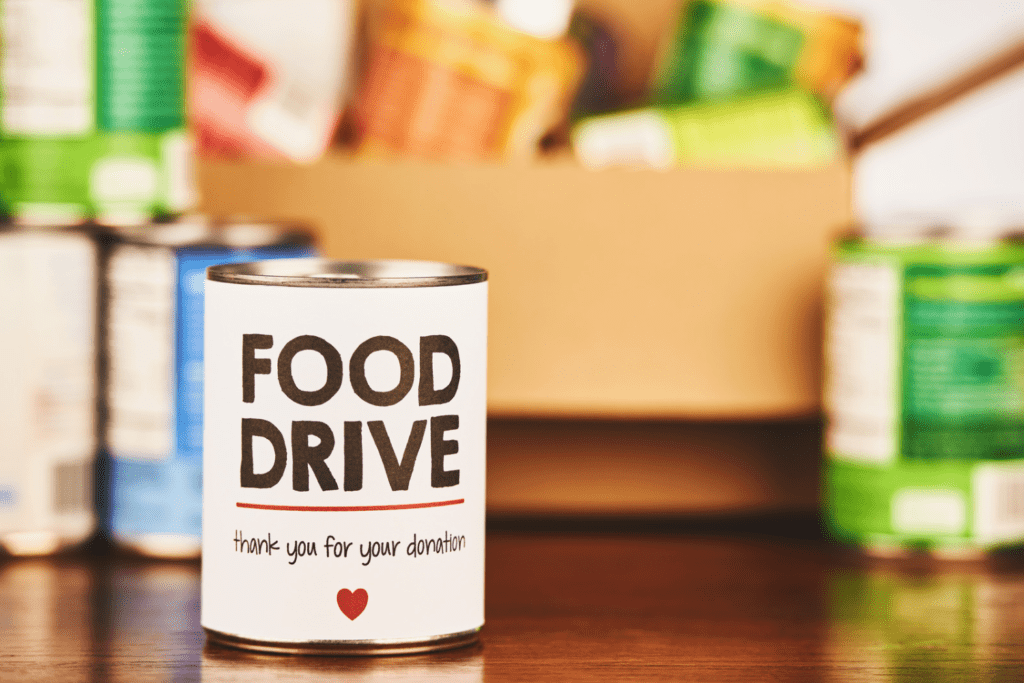
Additional Resources to Address Hunger with Kids
Over on my sister site, Raising Global Kidizens, we created a resource to help kids connect with and understand the global social and environmental justice goal of “No Hunger” as defined by the United Nations Sustainable Development Goal #2 using children’s picture books.
Picture books are a great entry point to many difficult conversations with our kids. We have structured this resource to be used with multiple age groups in both a formal and informal educational setting, including the U.S. Common Core ELA standards addressed with each reading activity in an effort to increase the ease with which educators can implement these activities in their classrooms.
In addition, you will find a STEM activity at the end of the resource focused on growing food from scraps that can be done with learners of all ages. We hope you have as much fun utilizing these resources as we had in creating them!
Looking for other ways for children to take positive action in their community? Check out this post on 10 Ways Young Kids Can Volunteer in Their Community.
Want More Sustainability & Science Education Resources?
Sign up for my free newsletter and get sustainability and science resources delivered directly to your inbox! Register below and get a free copy of my Chemical Elements Scavenger Hunt workbook as a thank you for joining this community.

